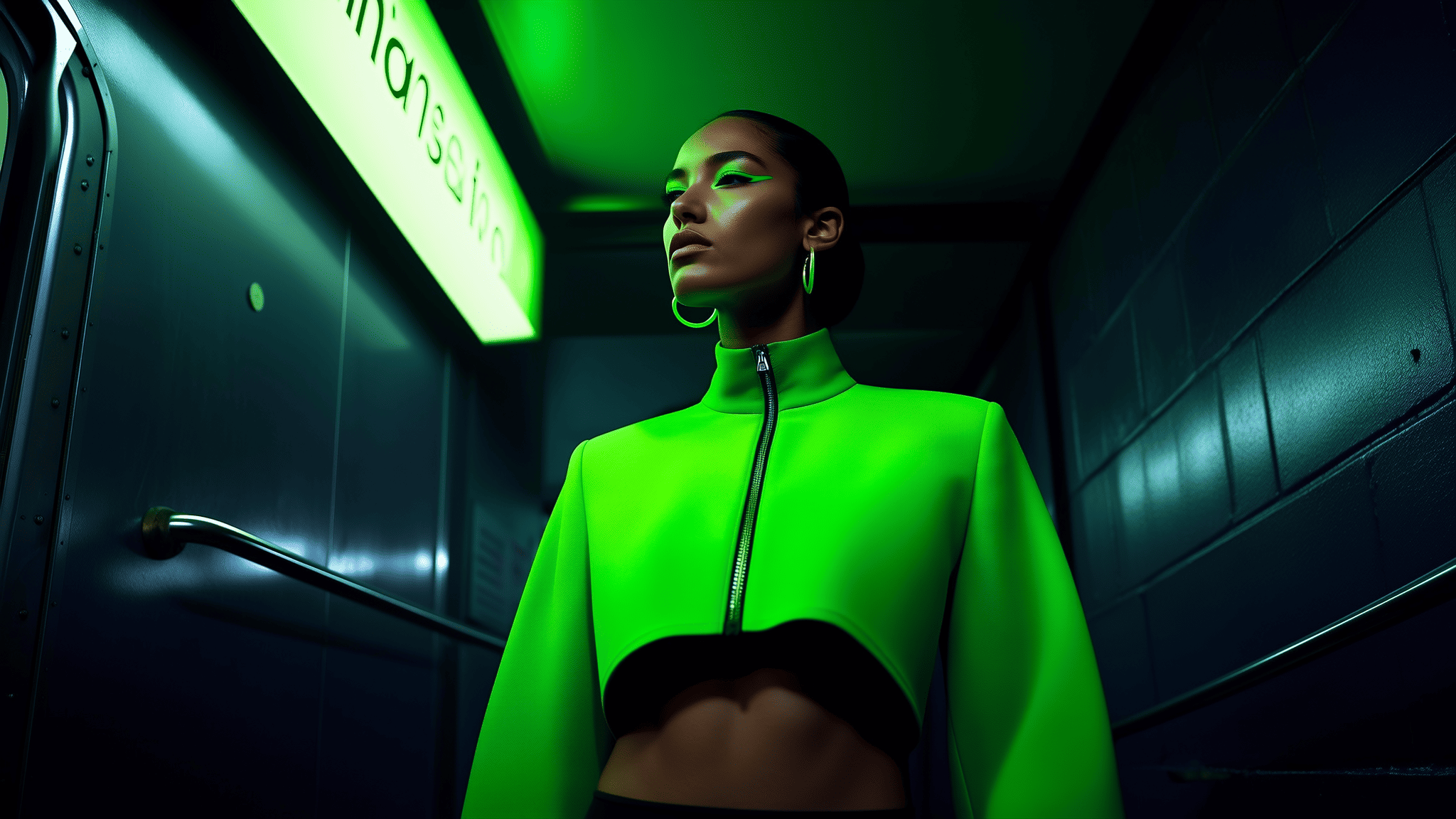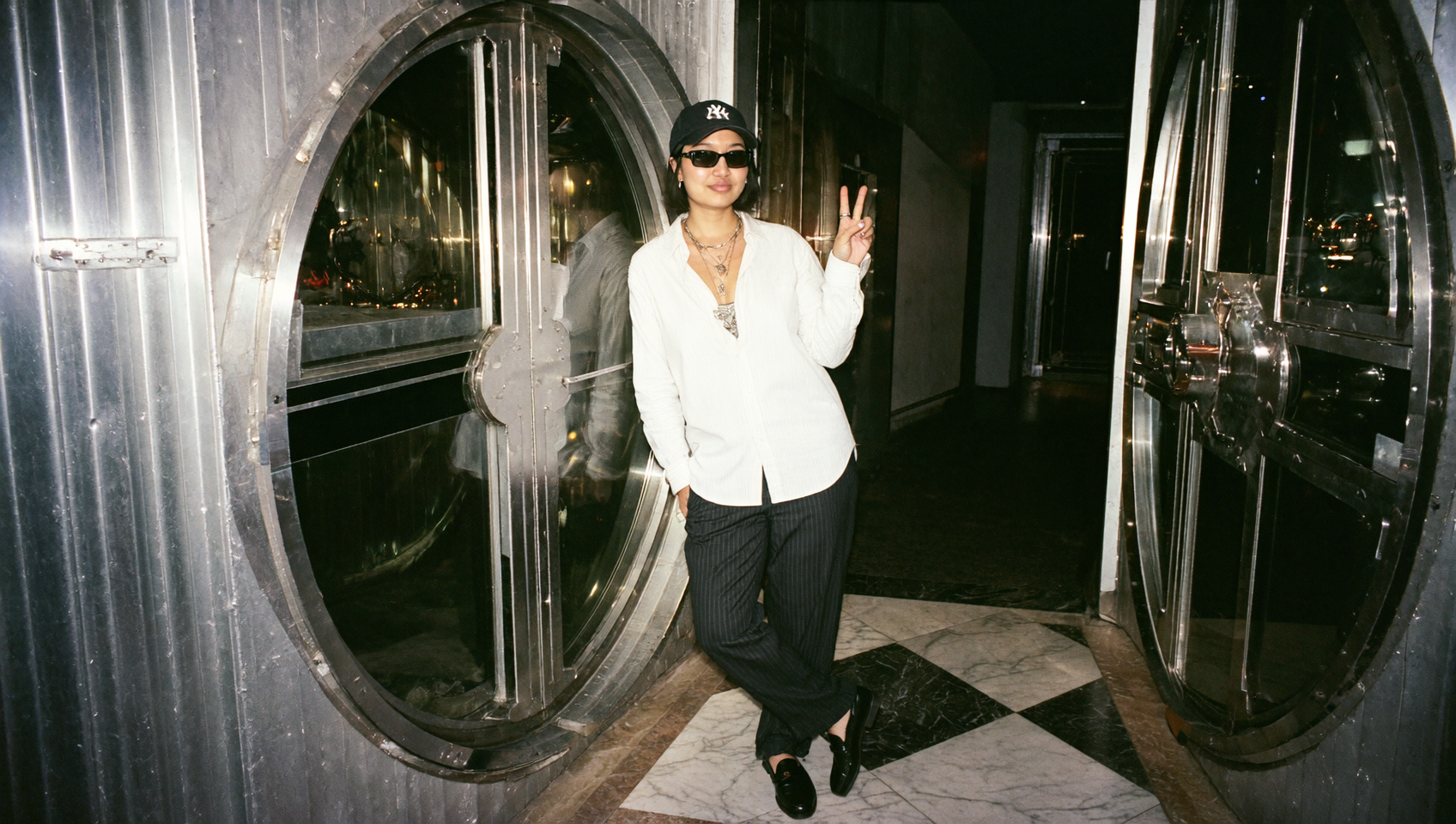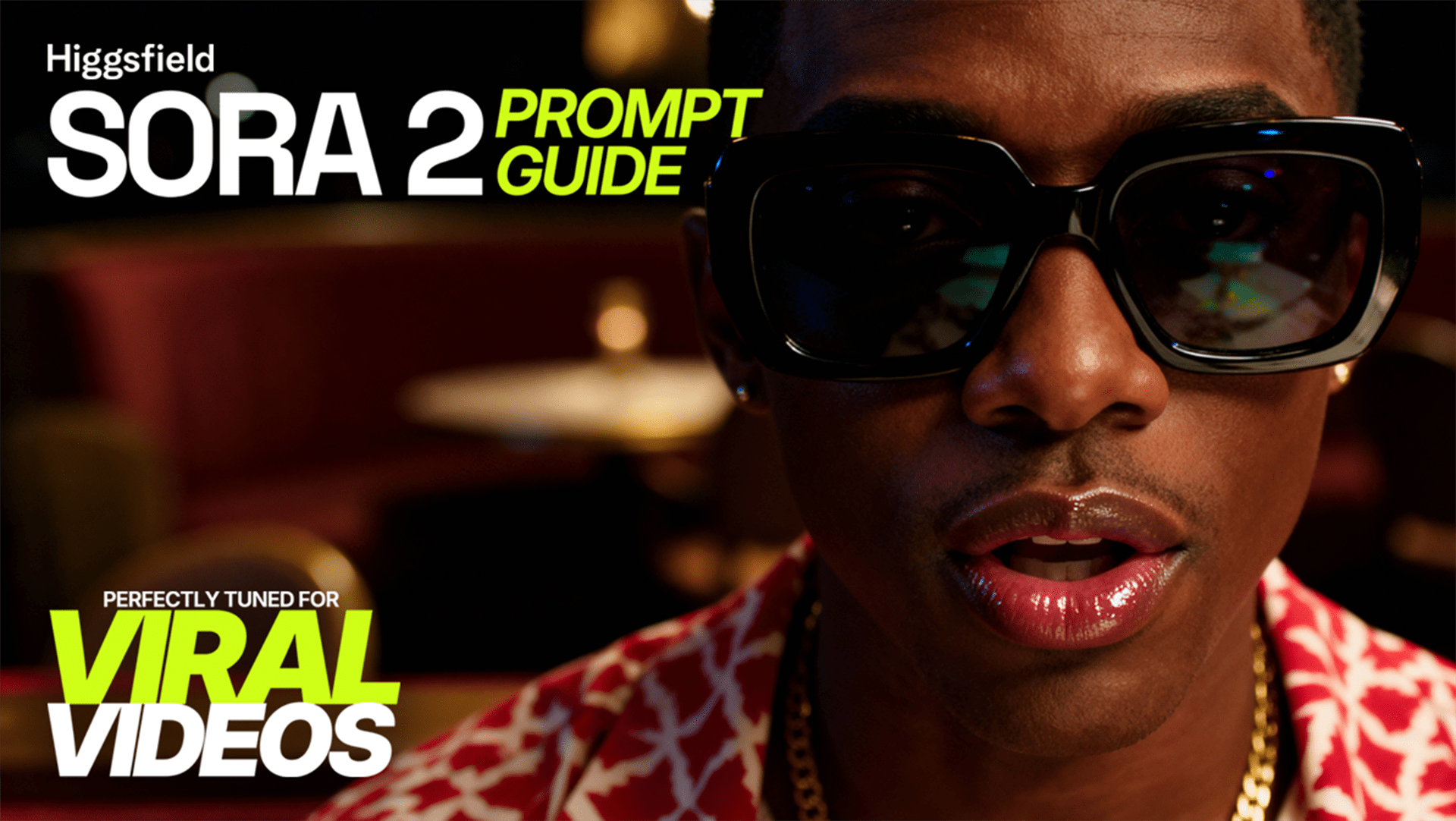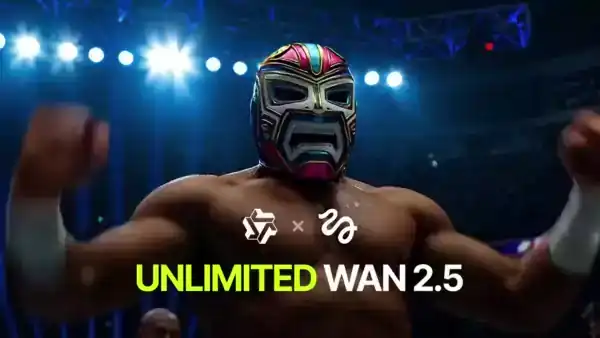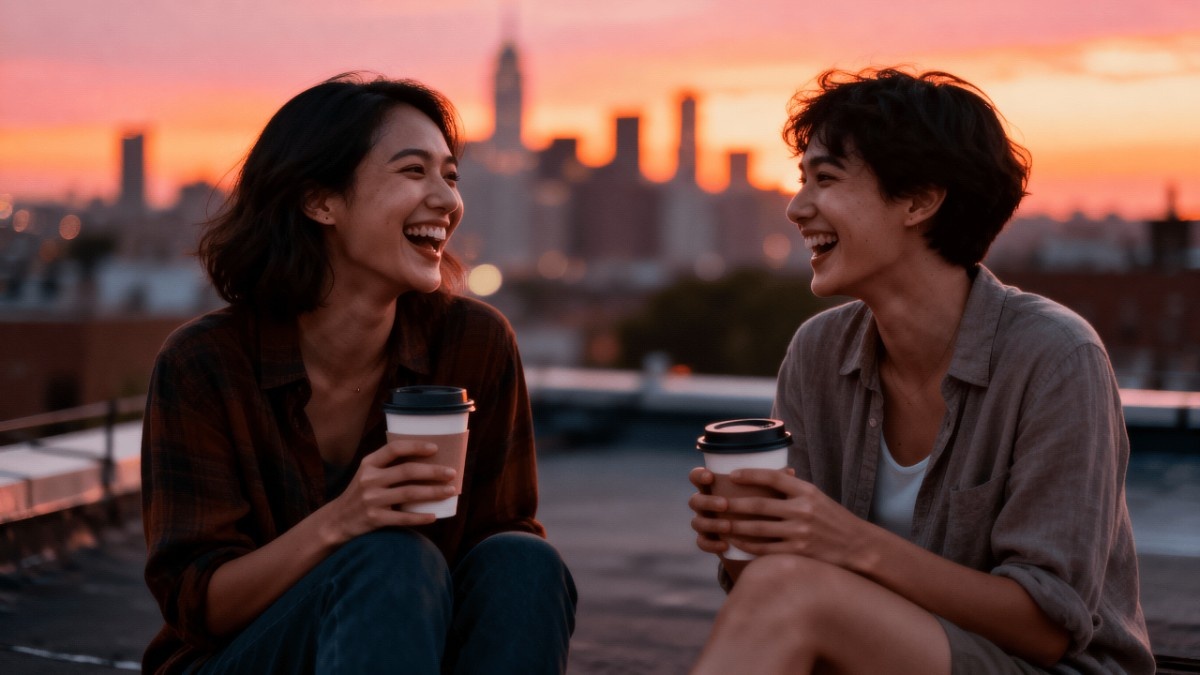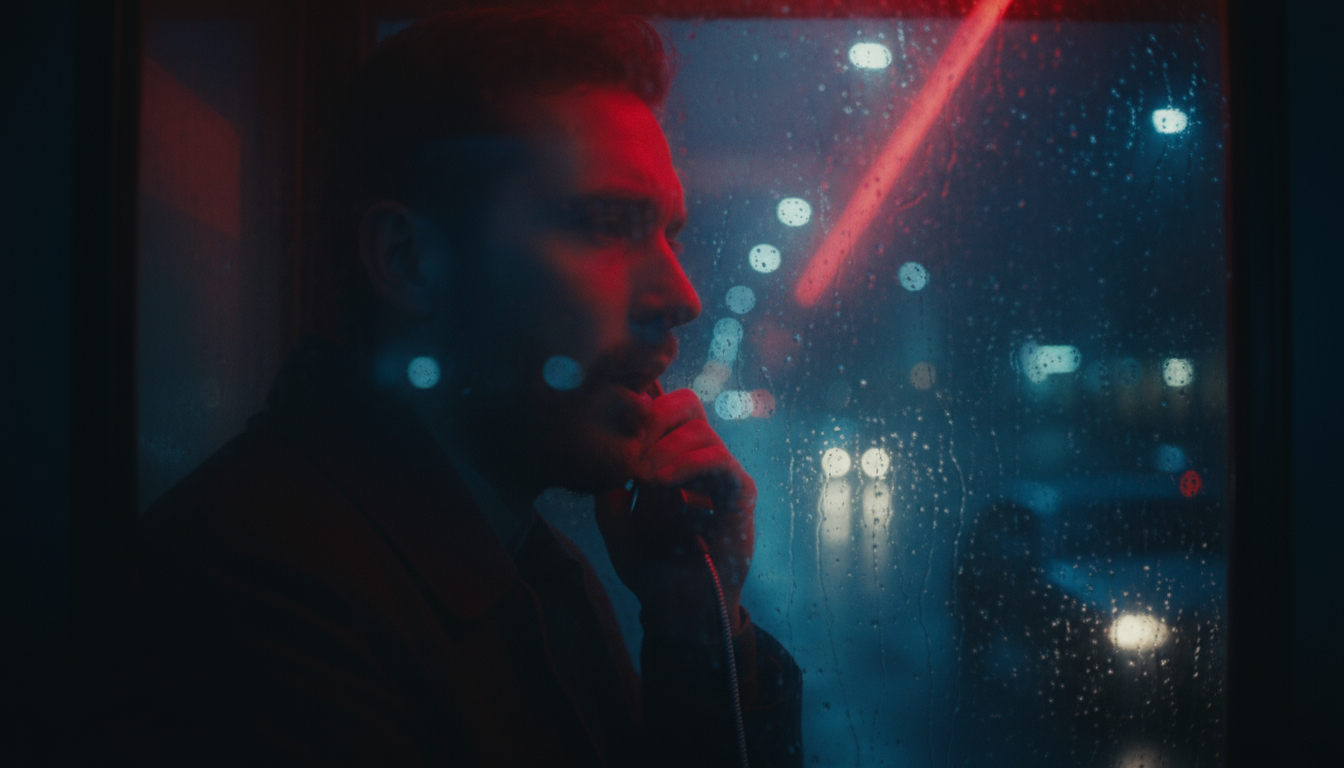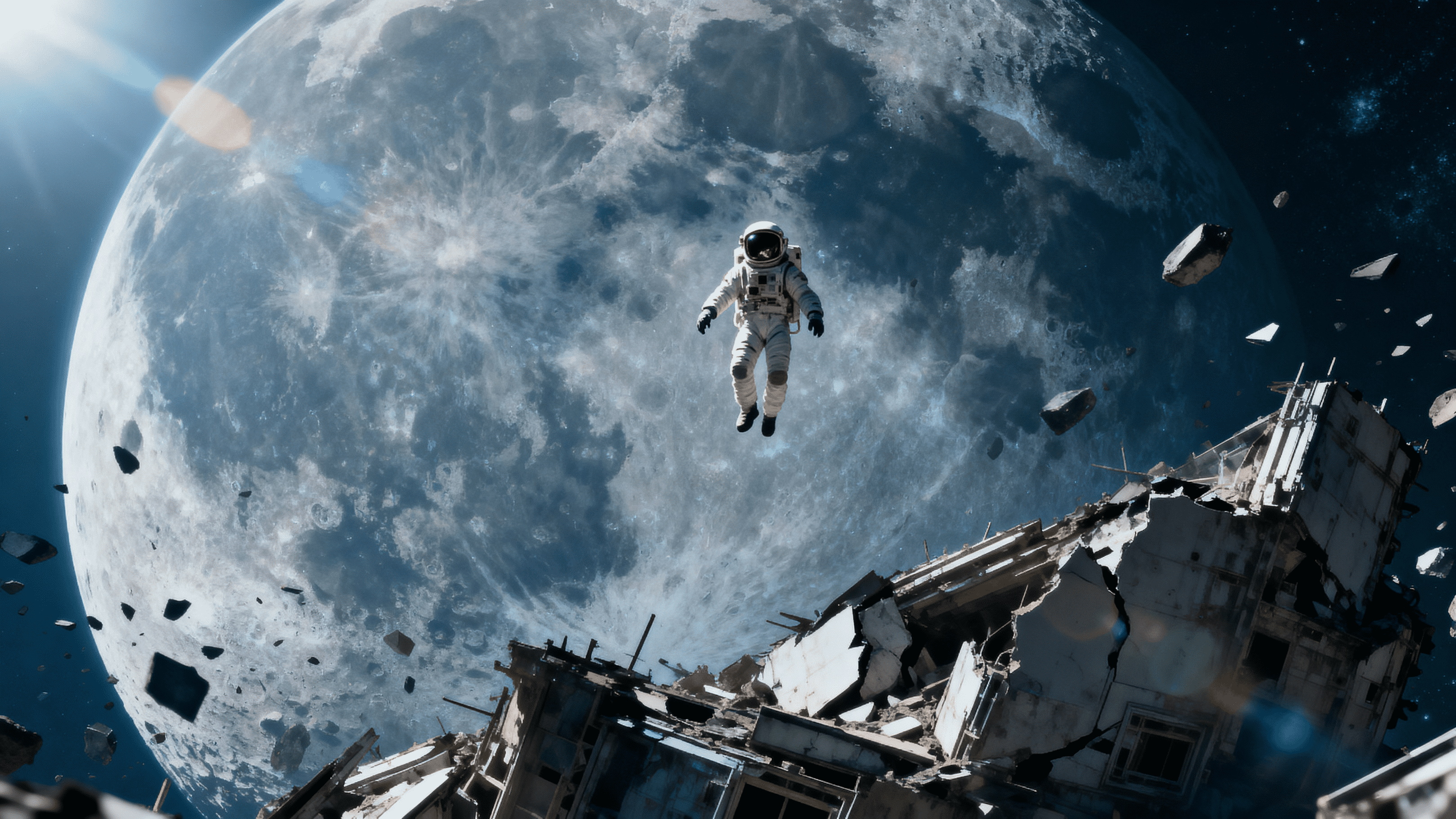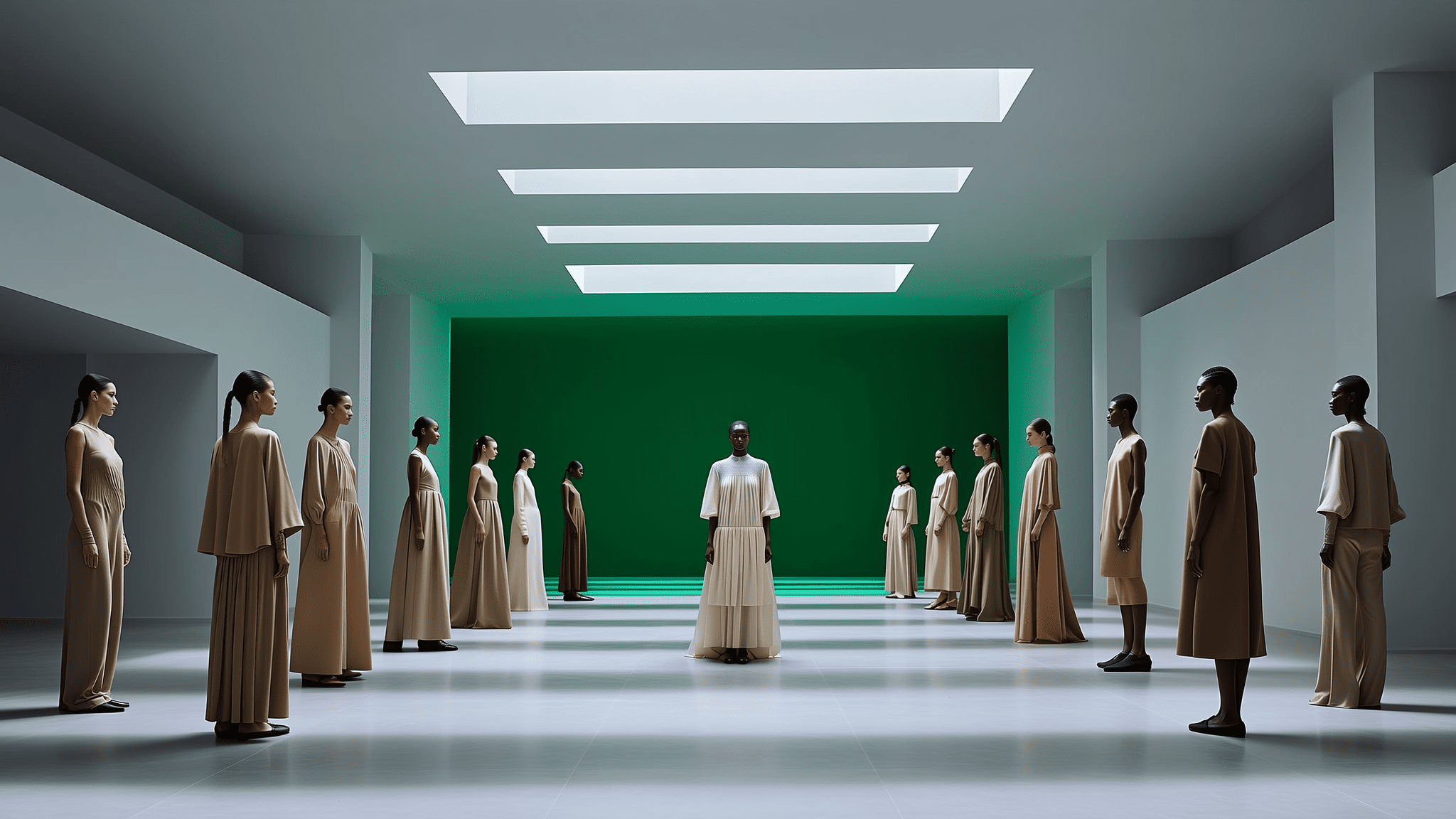Every major creative revolution begins with a tool that reshapes who can create, how fast they can work, and what quality they can achieve. The arrival of platforms like Higgsfield, which integrate both AI video generator and AI photo generator capabilities, marks a turning point for the creative job market. In the same way desktop publishing transformed print design in the 1980s and digital editing reshaped film production in the 2000s, generative AI is transforming creative labor in the 2020s.
The outcome is neither a collapse of human creativity nor a complete automation of artistic roles. Instead, it is the formation of a new creative ecosystem—one where ideation, direction, and human expression converge with machine intelligence to redefine how creative professionals work.
1. The Rise of Accessible Cinematic Production
For decades, creative production was defined by physical constraints: cameras, crews, editing systems, and distribution channels. Each of these layers represented a job category and a cost. Now, the AI video generator compresses that infrastructure into code. Within platforms like Higgsfield, an individual can conceptualize, generate, refine, and publish a complete video campaign from one interface.
This accessibility does not erase jobs outright - it redistributes creative energy. A cinematographer becomes a virtual director. An editor becomes a visual strategist. A graphic designer becomes a prompt engineer. The creative industry is not shrinking, it is reorganizing.
2. Disruption in Traditional Creative Roles
AI-driven tools change workflow hierarchies. Video editors, animators, and post-production specialists once operated in sequential pipelines. Now, that process collapses into real-time iteration.
Instead of waiting for footage, artists manipulate generated material instantly. Instead of manually color grading, tools like Sora 2 Enhancer handle tone correction automatically. Instead of reshooting outdated material, creators upscale or restyle it with Higgsfield Upscale or Photodump Studio.
Each automation reduces repetitive work while raising creative expectations. The job market adjusts accordingly less demand for narrow technical labor, more need for strategic thinkers who can direct generation efficiently.
3. The New Creative Roles Emerging
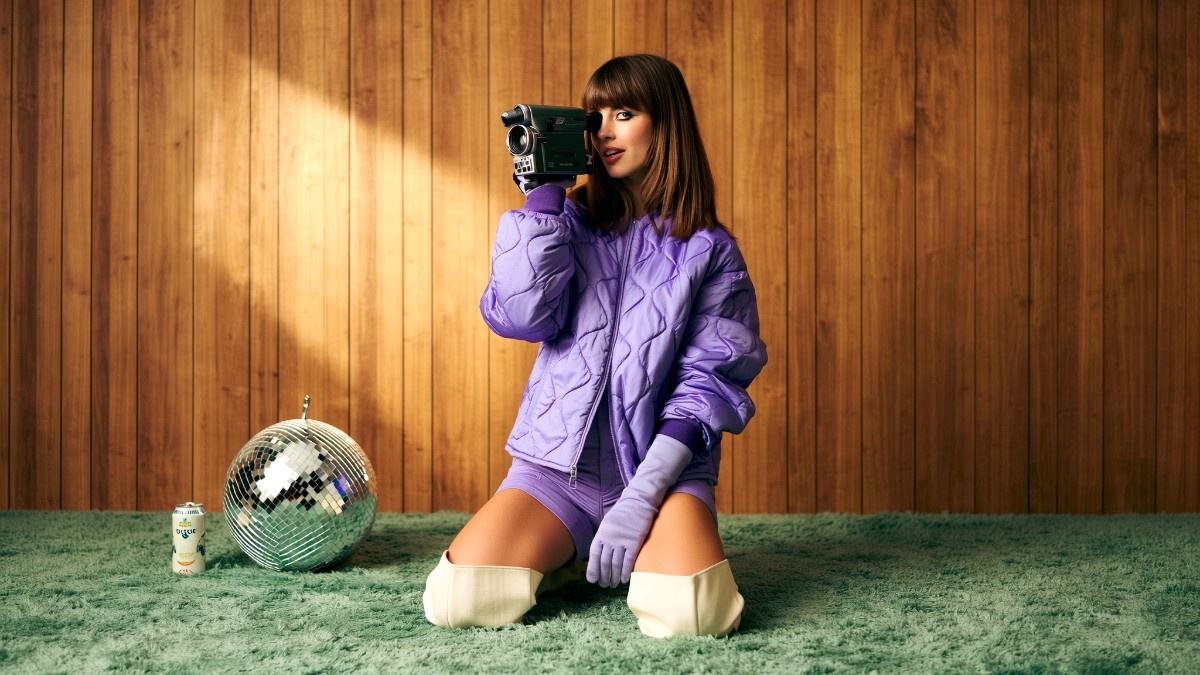
Rather than eliminating human work, generative AI introduces entirely new positions across agencies and studios:
AI Creative Director: Defines project narrative and prompt structures rather than scene logistics.
Visual System Designer: Builds templates, presets, and workflows within the platform for consistent brand identity.
Data Curator: Sources and manages visual references that guide AI training for brand tone.
Interactive Content Architect: Designs branching narratives and adaptive video formats made possible by AI systems.
Brand Story Analyst: Uses engagement data to refine visual style and emotional resonance of future campaigns.
These hybrid roles blend creativity and technology, creating a generation of professionals fluent in both visual language and algorithmic thinking.
4. Why AI Tools Expand the Market Instead of Shrinking It
At first glance, the automation of video and image generation may seem like a threat to creative employment. However, markets expand when production barriers fall.
As AI tools make content creation cheaper, more businesses and individuals demand professional-level visuals. This expands the total volume of creative output rather than reducing it.
Startups can now afford brand videos and product photography.
Educators can illustrate complex lessons visually without external budgets.
Influencers can generate cinematic content daily without agencies.
The demand for creative direction, brand identity design, and narrative vision grows alongside these tools. The AI video generator does not replace creativity - it multiplies the need for it.
5. The Shifting Skill Set for Modern Creators
Tomorrow’s successful creatives will not rely solely on technical software skills but on the ability to orchestrate AI systems toward meaningful visual results. To remain competitive, professionals are developing:
Prompt literacy: Understanding how language translates into structure, emotion, and camera motion.
Platform integration skills: Using AI video and photo generator tools cohesively with editing and publishing systems.
Visual storytelling: Designing continuity, emotional rhythm, and tone in AI-based videos.
Data-driven refinement: Iterating based on performance metrics rather than aesthetic intuition alone.
These capabilities ensure that human creativity continues to lead AI output, transforming technology from replacement into amplification.
6. Agencies and Studios Reimagined
Creative agencies face a crossroads. Those that cling to traditional models risk obsolescence, while those that integrate AI tools like Higgsfield are experiencing rapid scaling.
Forward-thinking agencies now use AI video generator pipelines for campaign prototypes, enabling instant visualization for clients. Instead of outsourcing test shoots, they generate samples in-house, refine them collaboratively, and then decide whether real-world shooting is even necessary.
For small production houses, this shift democratizes competition. A two-person studio equipped with Higgsfield’s multi-model ecosystem can deliver what once required an entire post-production team.
7. Challenges: Ethics, Ownership, and Regulation
As more jobs intersect with AI tools, new challenges emerge. Creators must navigate ethical and legal boundaries involving ownership of AI-generated assets. Governments and institutions are only beginning to form frameworks for protecting intellectual property in machine-assisted work.
Moreover, professionals must consider transparency. If a commercial uses entirely AI-generated actors or imagery, disclosure may become a legal or ethical requirement. The job of creative managers will include not only direction but also compliance with AI responsibility standards.
8. Education and Adaptation
Art schools and creative programs are responding by integrating AI literacy into their curricula. Students no longer learn software alone—they learn to design prompts, interpret generation models, and manage hybrid workflows.
Workshops, online courses, and creative bootcamps focused on AI video generator tools are filling quickly, proving that professionals are not rejecting the technology—they are rushing to master it.
This educational adaptation signals the long-term normalization of AI-based creativity within professional practice.
9. The Emotional Impact on Creative Professionals
Behind every technological shift lies a human story. Many professionals initially experience fear or resistance, worried that their craft will lose value. However, history shows that when technology automates mechanics, art expands in expression.
When photography appeared, painters found new forms in abstraction. When digital audio emerged, musicians redefined genre. When generative AI arrived, visual artists discovered direction at the speed of thought.
The key lies in perspective. Those who see AI as competition will struggle. Those who see it as collaboration will thrive.
10. The Long-Term Vision: Collaboration Between Human and Machine Creativity
By 2026 and beyond, AI video and photo generator platforms will evolve from standalone tools into full creative ecosystems. These systems will not only generate but also predict creative needs, offering visual suggestions and adaptive templates based on user history.
In this world, creative professionals act as curators, editors, and narrators of machine-driven imagination. The human role becomes one of emotional translation—ensuring that what AI produces carries purpose and resonance.
This partnership redefines the meaning of creative labor. It is no longer about who holds the camera or clicks the shutter; it is about who designs the vision and communicates it effectively to intelligent systems like Higgsfield.
Final Thoughts
The arrival of AI video and photo generator platforms like Higgsfield does not mark the end of creative jobs—it marks their rebirth. The market is shifting from execution to vision, from repetition to orchestration. The professionals who adapt will not only survive but lead the next era of creative production.
Higgsfield represents what the future of creative work looks like: accessible, collaborative, and endlessly scalable. The tools have changed, but the essence of creativity—story, emotion, and human insight—remains exactly where it belongs: in human hands.
Start Your Journey Now
Build like a studio, create like an artist. Try HiggsfieldAI today to generate, refine, and scale cinematic content with the full suite of integrated tools that empower modern creators.
